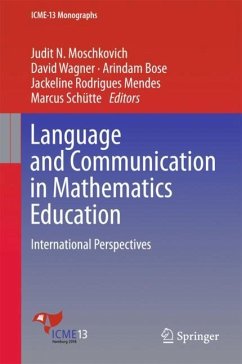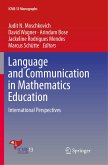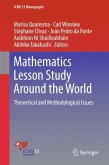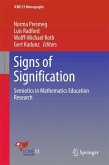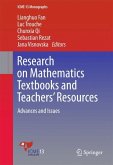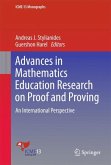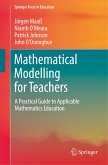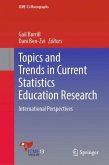This book considers some of the outstanding questions regarding language and communication in the teaching and learning of mathematics - an established theme in mathematics education research, which is growing in prominence. Recent research has demonstrated the wide range of theoretical and methodological resources that can contribute to this area of study, including those drawing on cross-disciplinary perspectives influenced by, among others, sociology, psychology, linguistics, and semiotics.
Examining language in its broadest sense to include all modes of communication, including visual and gestural as well as spoken and written modes, it features work presented and discussed in the Language and Communication topic study group (TSG 31) at the 13th International Congress on Mathematical Education (ICME-13). A joint session with participants of the Mathematics Education in a Multilingual and Multicultural Environment topic study group (TSG 32) enhanced discussions, which are incorporated in elaborations included in this book.
Discussing cross-cutting topics it appeals to readers from a wide range of disciplines, such as mathematics education and research methods in education, multilingualism, applied linguistics and beyond.
Examining language in its broadest sense to include all modes of communication, including visual and gestural as well as spoken and written modes, it features work presented and discussed in the Language and Communication topic study group (TSG 31) at the 13th International Congress on Mathematical Education (ICME-13). A joint session with participants of the Mathematics Education in a Multilingual and Multicultural Environment topic study group (TSG 32) enhanced discussions, which are incorporated in elaborations included in this book.
Discussing cross-cutting topics it appeals to readers from a wide range of disciplines, such as mathematics education and research methods in education, multilingualism, applied linguistics and beyond.

